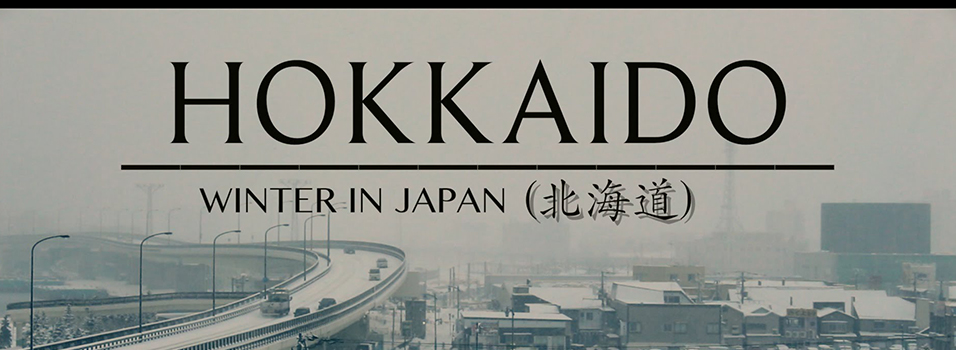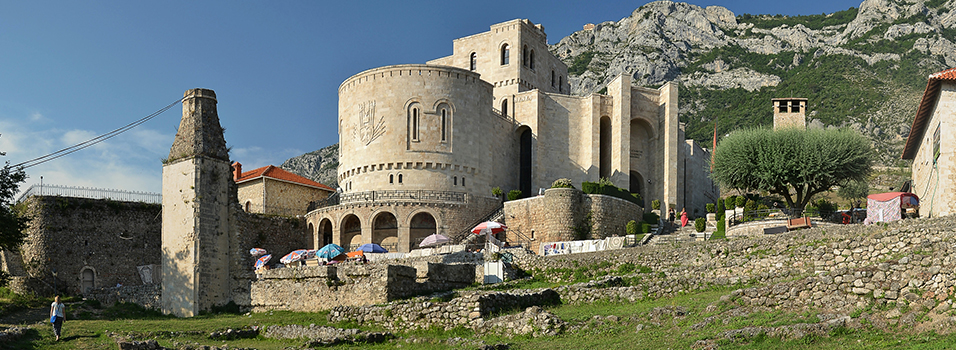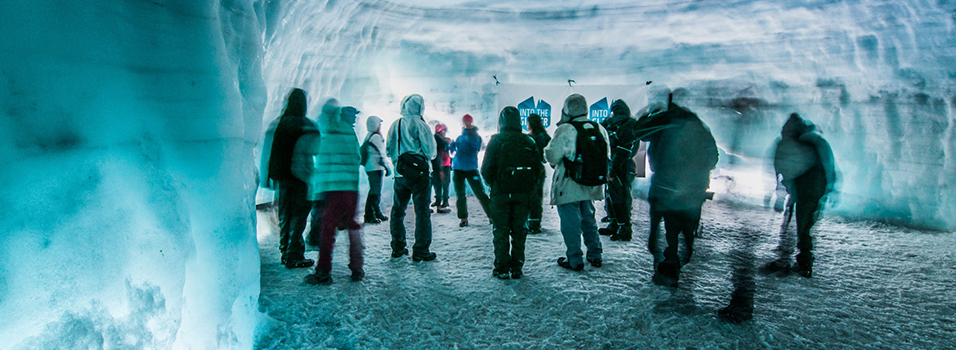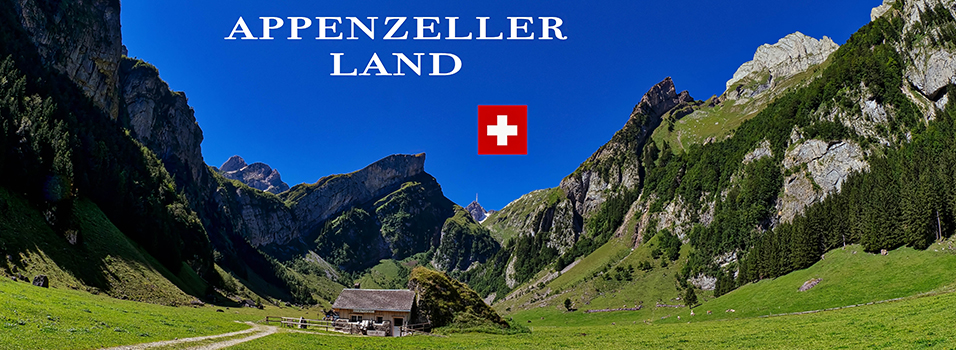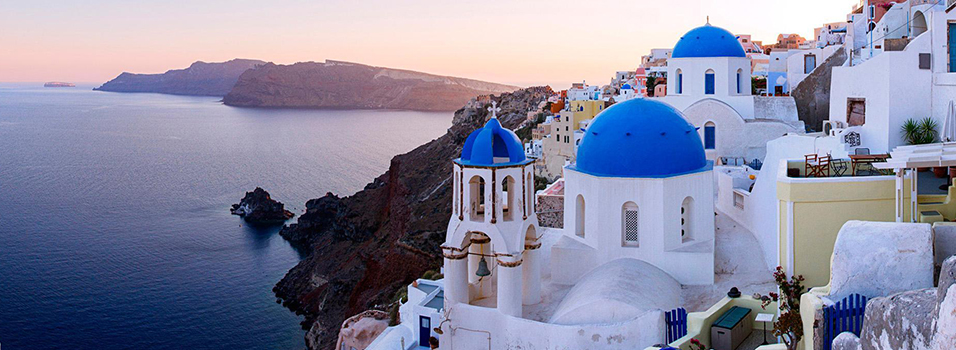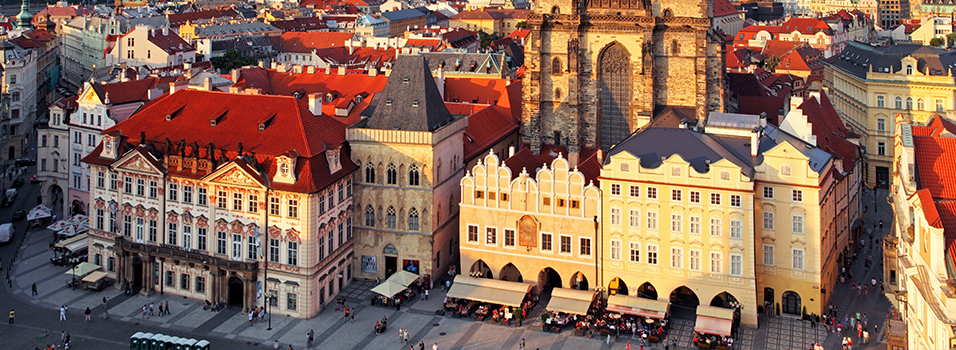
Why millions of people are helping Google build the most accurate Maps
A man in Los Angeles started logging and editing information on Google Maps after a disastrous visit to an Urgent Care clinic: He chose it based on its purported hours of operation, but when he got there, found the office very-much closed.
A Tunisian woman proudly describes how she has added more than 100 cafes, hotels, and restaurants to Google Maps in hopes of promoting tourism in her city.
A disabilities advocate from the Dominican Republic says he adds notes to Maps on each place he visits indicating whether or not the location is wheelchair accessible.
While each of the roughly 75 people who crammed into a Google conference room on Tuesday afternoon had their own motivations for becoming a Maps “Local Guide,” the search giant had a unified reason to thank them.
“Our ultimate aspiration is to build the richest, deepest, most detailed understanding of the real world that’s ever existed and to share that back to our users,” Jen Fitzpatrick, the exec who leads Map, told them. “You are the community that’s helping us build that understanding.”
This week, Google invited dozens of its top Guides from all around the world for an all-expenses-paid trip to its headquarters to share their stories and give Maps engineers and product managers their advice.
Local Guides are the volunteer fixers, finders, and reviewers of Google Maps. They add landmarks, post photos, check to make sure that listed data is accurate (is the wifi really free? does it actually open at 7 am?).
In the year since Google launched the program, more than 5 million people in 235 countries have answered questions and made edits. The 75 people in that room alone had made over 330,000 contributions, including 5,000 entirely new places added on Maps. People could add and edit info on Maps before Local Guides, but there’s been a huge spike in user-generated content since it formalized the program, a push that Fitzpatrick prioritized since she took over the Maps division in fall 2014.
A Local Guide is like the more accessible (but admittedly less sexy) version of a Google Trekker — you know, the camera-strapped explorers who take photos for Street View — because the company similarly relies on them to ensure its Maps are complete, accurate, and up-to-date for the 1 billion+ people who use the app every month.
Not just another Yelp
That’s why passionate Guides tells us that the program is more than just a Yelp competitor for getting info on the best restaurant: It’s about making sure that people know that a cafe around the corner just opened or park down the street exists as they’re walking around a new place. As Fitzpatrick puts it, its making sure Maps “keep pace with the world as it changes.”
Alejandro Rodriguez Mann, a top Guide from Costa Rica, says that people in America may take it for granted how complete their Maps are, but that much less information exists in smaller countries like his (he says that Google-owned Waze actually has more accurate data than Maps does). Filling in Maps data is often top of mind when he’s out-and-about — it doesn’t take a lot of time and feels more productive than playing games on his phone.
Houda Rouaissi, the Tunisian woman, says the same of her country, where many cities look barren if you rely on Google Maps.
“There are too many places that don’t exist,” she says. “Getting more places on the map could bring positive things for us.”
While Rouaissi earnestly wants to help increase tourism for the sake of her country, she’s also indirectly helping to bolster Google’s advertising machine.





